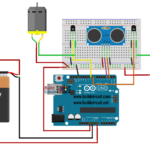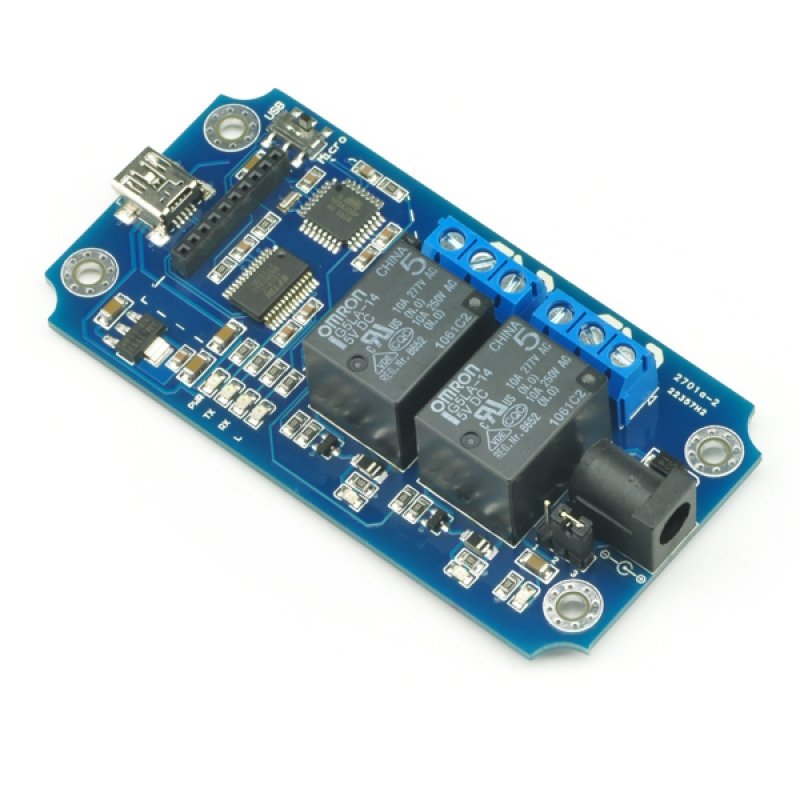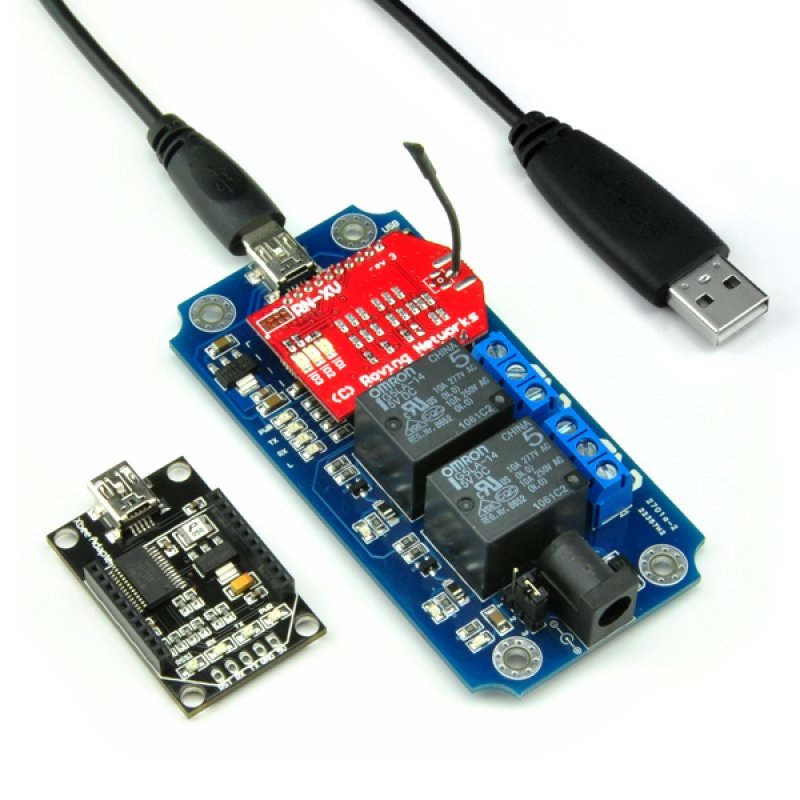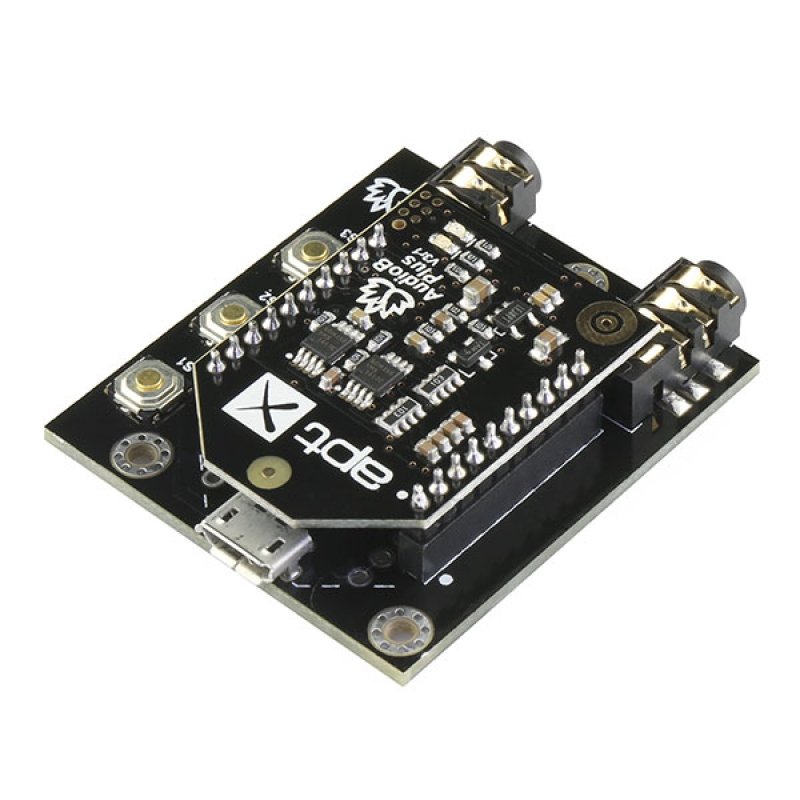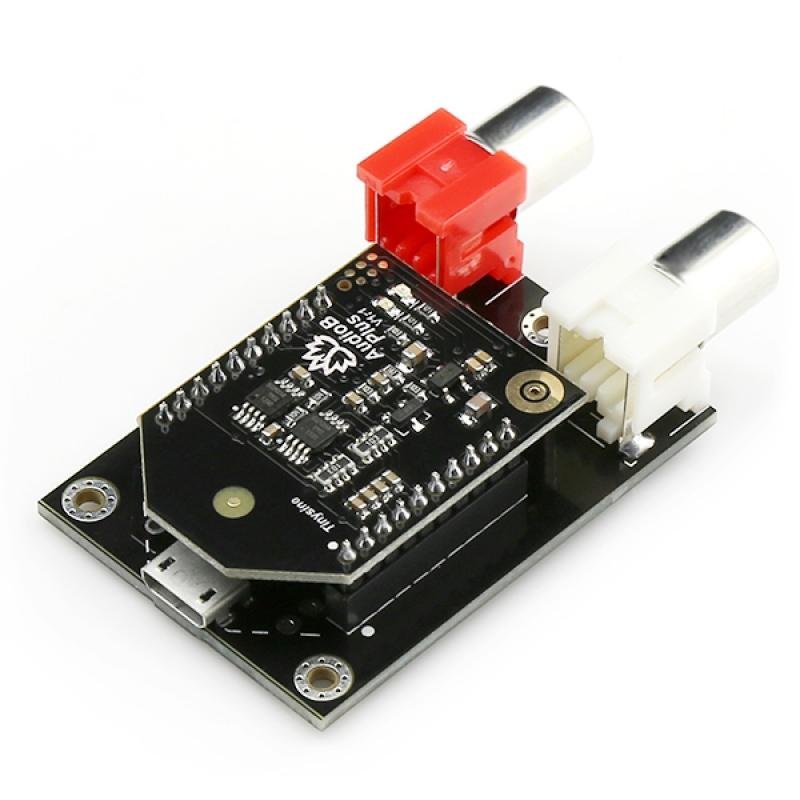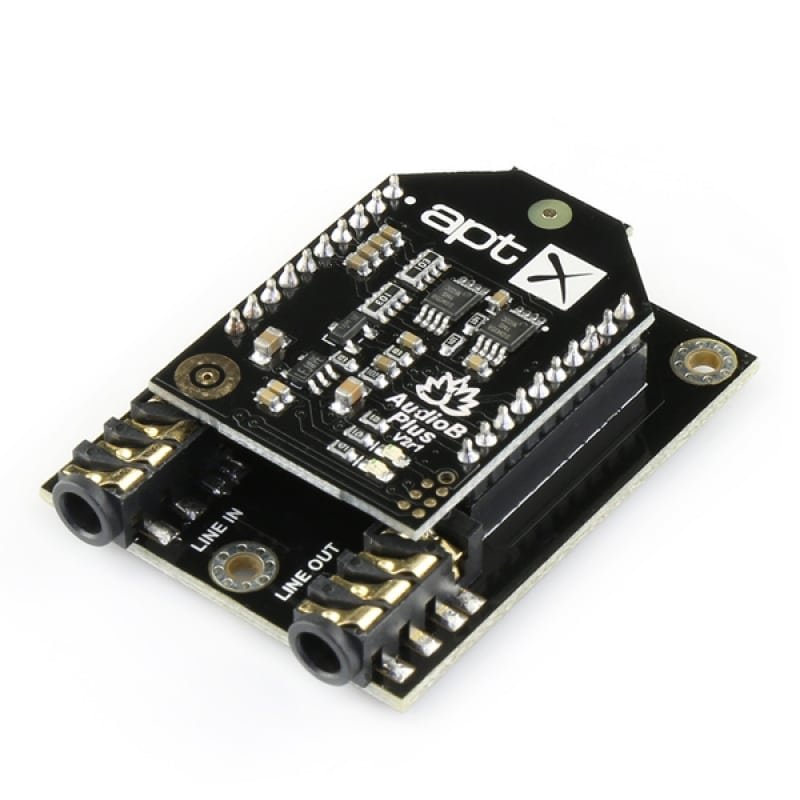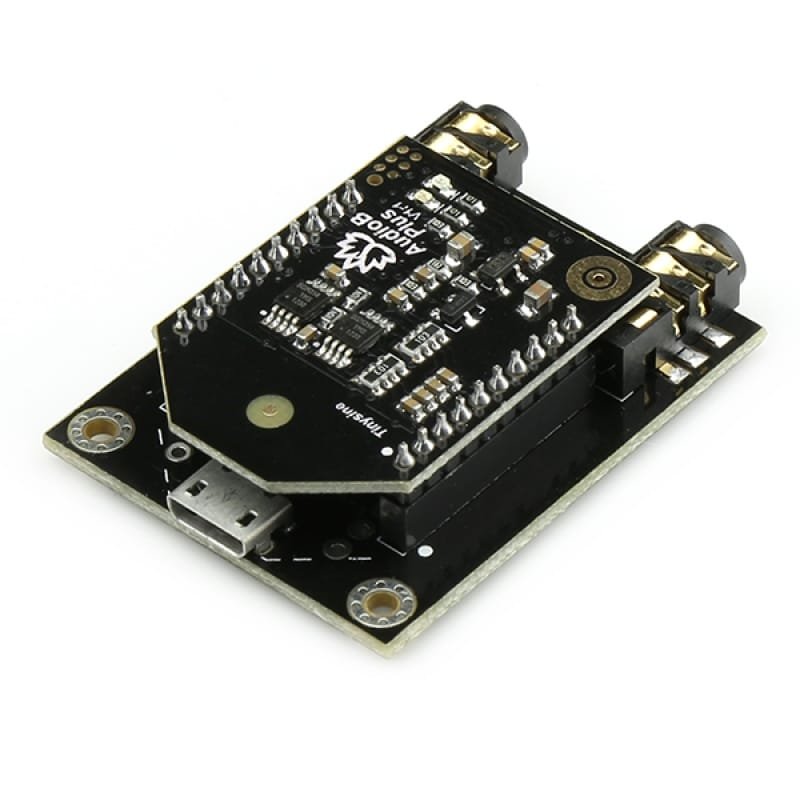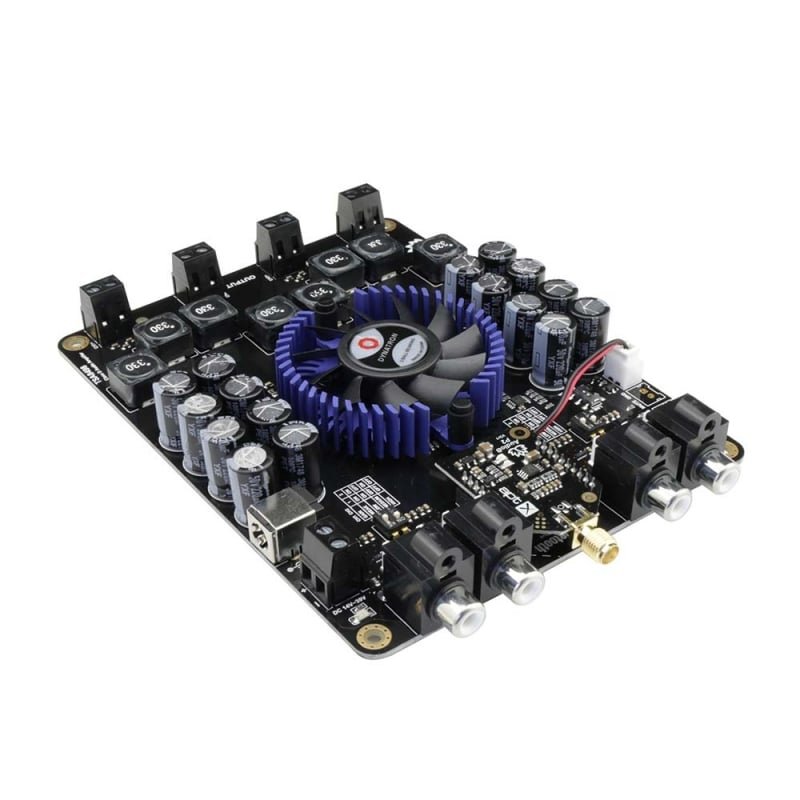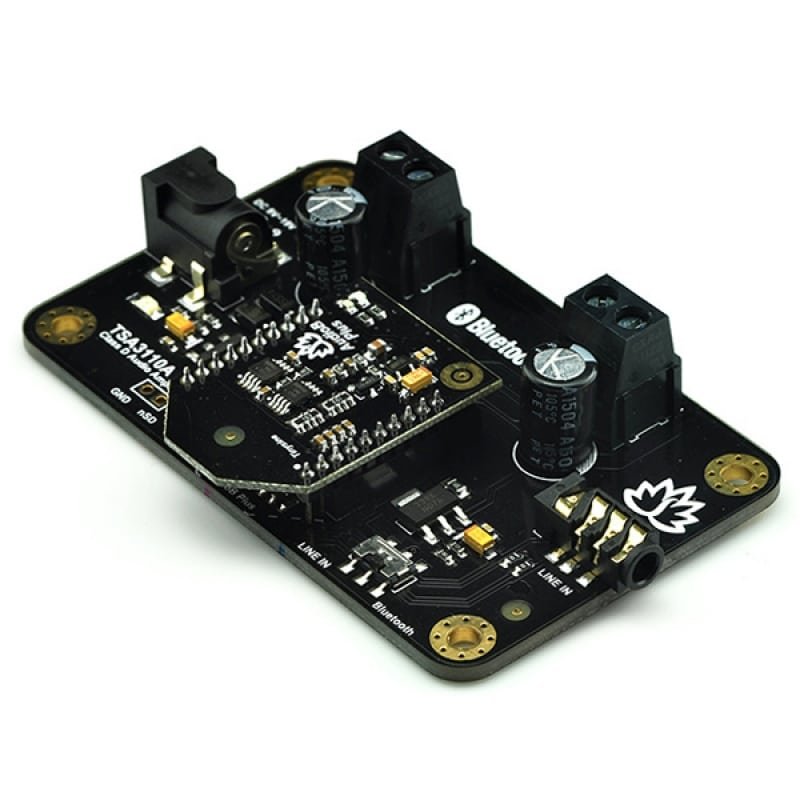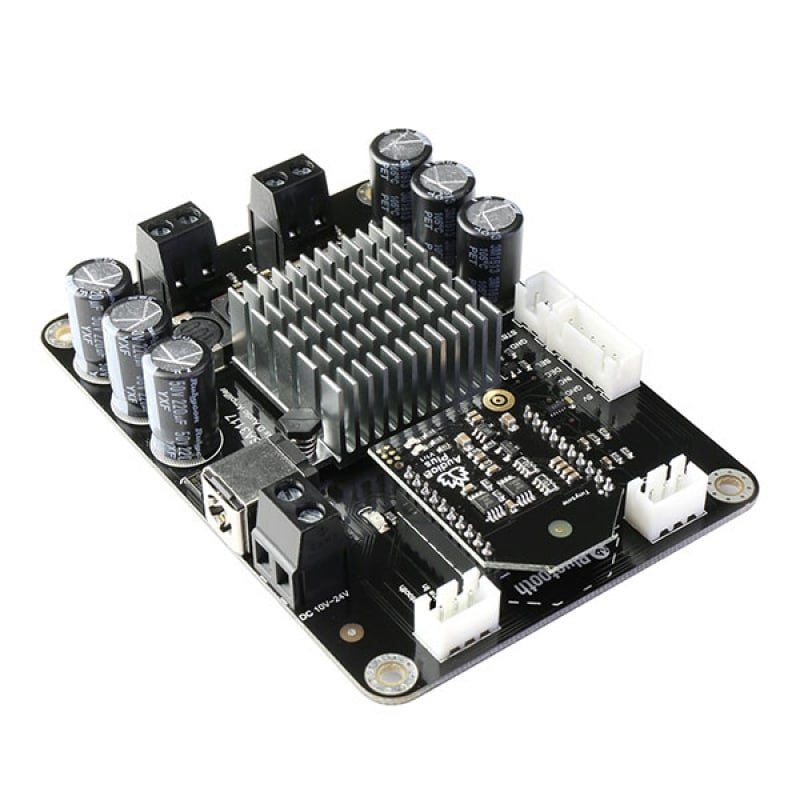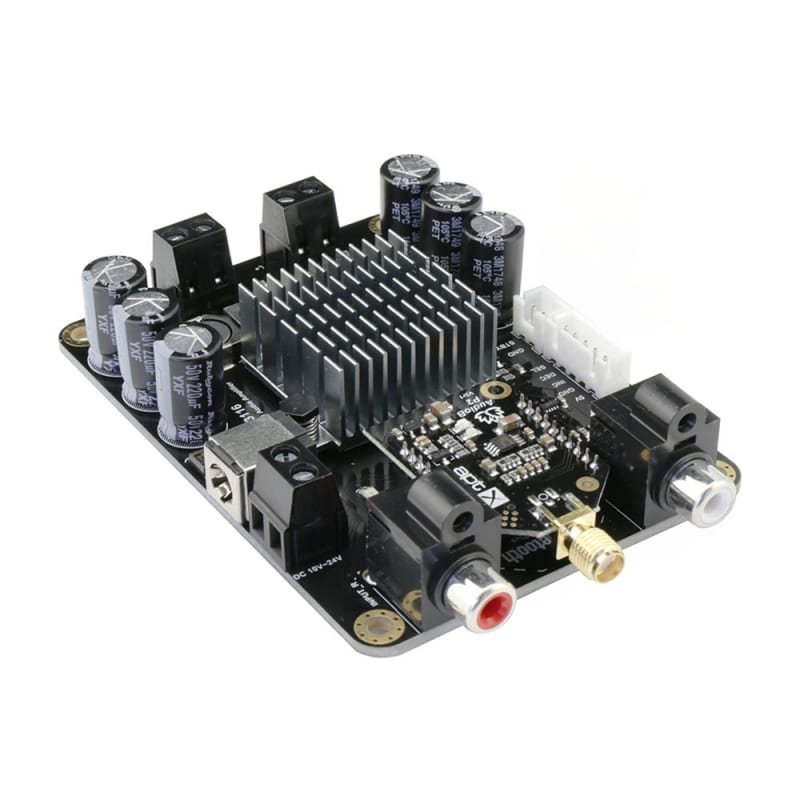
Protoboard for electronic projects
We make electronic projects for exhibitions, hobby and academic assignments and all the projects need a power supply. Most of the hobbyist projects operate at 3.3V, 5V, 9V and 12V power supply. Keeping this requirement in mind, we have a designed a PCB that resembles a Mini breadboard and has an inbuilt power supply on…







